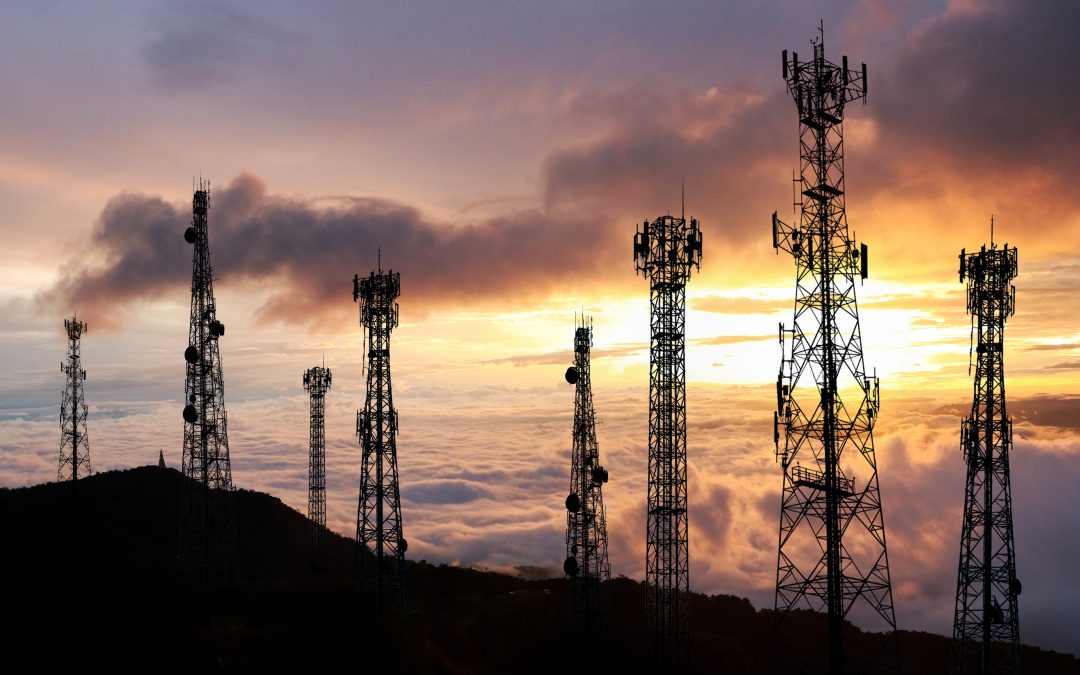Image: Shutterstock
What’s New: Insight into what one telecom provider is doing to protect against GNSS disruptions.
Why It’s Important: Numerous telecom applications use GNSS timing. Synchronizing base stations so cell towers can talk to each other, for example. GNSS disruptions can degrade network performance.
- For example, a truck with a GNSS jammer stops at a traffic light near a cell tower. Base stations in the tower likely have oscillators that enable to hold timing without a GNSS signal long enough for the traffic light to change, truck and jammer to move out of range, and GNSS signals to be reacquired. But if the truck is parked in a lot next to a cell tower, or breaks down, or there is a longer disruption the cell tower could isolate and not be able to wirelessly connect with the network.
- By integrating a long holdover, GNSS-independent, timing source, telecom providers can deliver time via fiber or wireless signals to any place in their network it is needed.
What Else to Know: This article is about Vodafone in Turkey, Many larger telecom companies in the U.S. have already done this.



